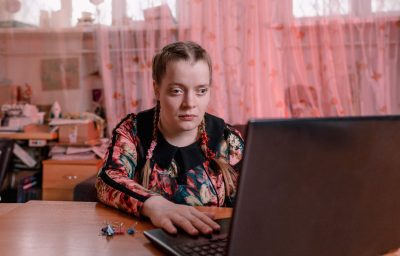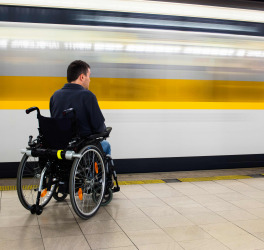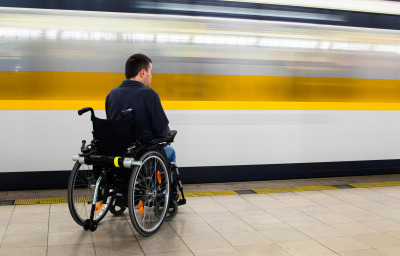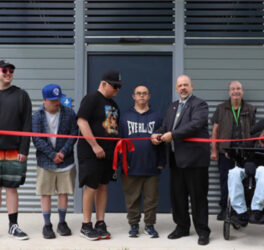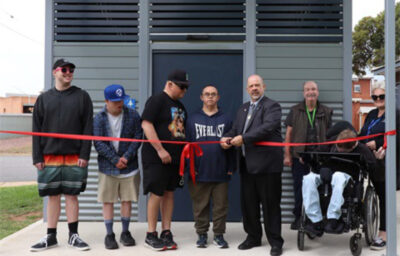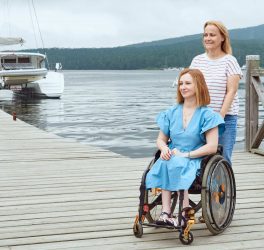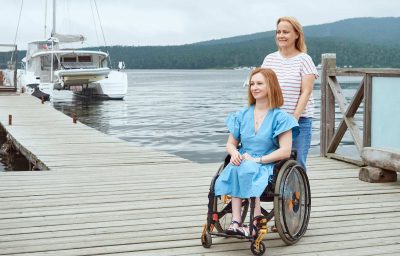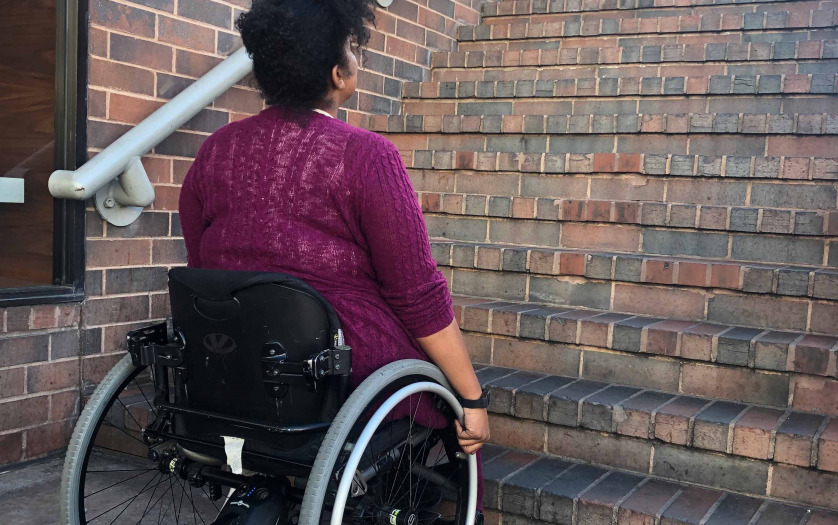
The Department of Housing and Bioclimatic Architecture prepares a study that analyzes the barriers in public buildings. Almost 60% of the deficiencies are in toilets, signage and points of attention.
The Generalitat Valenciana has set itself the objective of eliminating barriers in public buildings, especially in those related to customer service. The Department of Housing and Bioclimatic Architecture has carried out a study that documents “the accessibility conditions in the buildings of the Generalitat Valenciana”. The report proposes a technical solution to the problem detected and calculates an approximate figure of the cost that its resolution would entail.
The study has analyzed 790 buildings of all the ministries (256 properties in Alicante, 137 in Castelló and 397 in Valencia). The regional secretary for Bioclimatic Architecture and Energy Sustainability, Laura Soto, explains that “each department contributed to the study the buildings they wanted to assess and now they already have a material that implies knowing the detected deficiencies, the solution to be carried out and the the cost involved so that each one, depending on their possibilities, priorities and planning, will correct them and include items for it in the next budgets or in the time that they consider with absolute autonomy.”
The global cost of the accessibility improvements represents an investment of 24 million euros, although Soto points out that “it is an estimate.” And she adds: «The improvement for accessibility provides an estimated global budget of 24 million euros, obtained from a typified analysis of deficiencies. In order to know the detailed budget, the specific projects of the improvement actions in particular projects of each building must be developed».
The study outcomes include the problems related to accessibility that exist in the toilets (mainly in sanitary equipment and accessories, with 24.44%), the signage (the main deficiency, with 20.56%) and the points of attention (18.64%).
In other words, almost 60% of the deficiencies detected focus on these three points, which present simple actions to remove barriers. However, 9.91% of the buildings analyzed still have barriers in access to it or in the interior doors (9.10%); 2.99% have difficulties to access between floors or on the same floor (3.74%). In the mechanisms, barriers have also been detected in 3.52% of the properties. Furthermore, 2.99% of the buildings analyzed had accessibility problems in the parking spaces.


